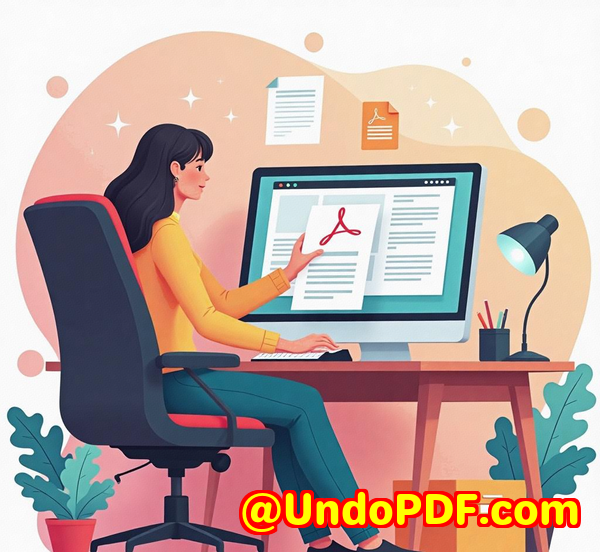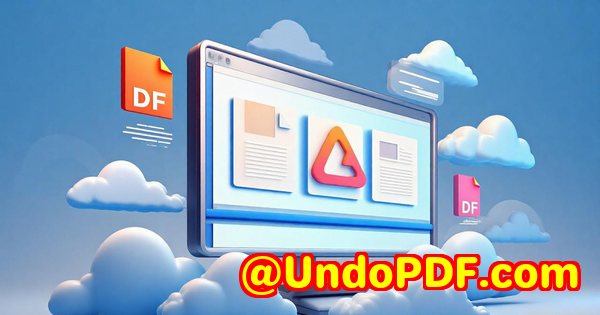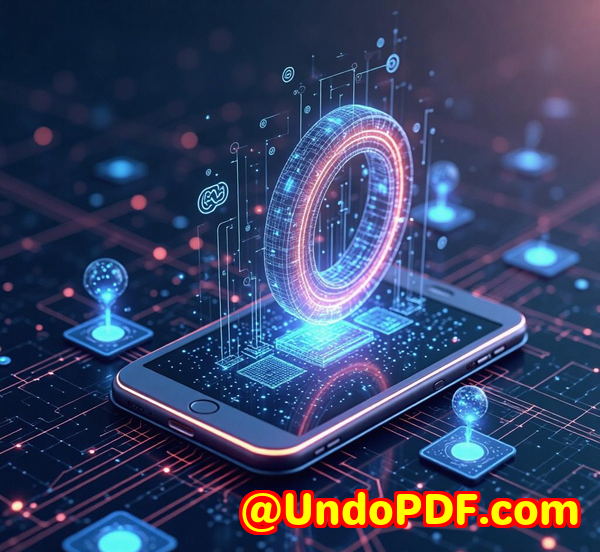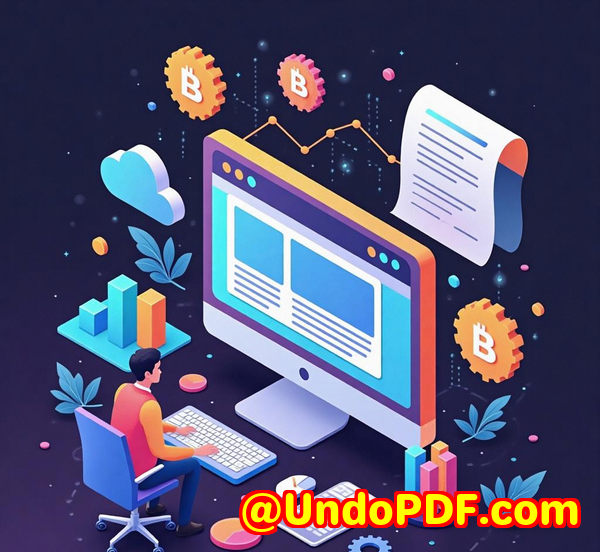Automate PDF to CSV Data Extraction for Bookkeeping and Financial Reconciliation
Automate PDF to CSV Data Extraction for Bookkeeping and Financial Reconciliation
Meta Description
Stop wasting time copy-pasting data from PDFs. Automate PDF to CSV extraction for bookkeeping and reconciliation with VeryPDF tools built for accuracy.
Every week, I used to spend hours copying numbers from invoices into spreadsheets
It was like financial Groundhog Day.

Every Friday, I’d sit with a stack of emailed PDF invoices, expense reports, and payment confirmations.
My job? Extract key datavendor names, dates, amountsand plug them into our accounting system.
Manual. Mind-numbing. Error-prone.
A few mistakes here and there and the month-end reconciliation would get messy. The boss? Not amused.
And when you’re trying to match 200+ PDFs with entries in QuickBooks, it doesn’t take much to mess up.
That was meuntil I discovered VeryPDF PDF Solutions for Developers.
And it changed everything.
The tool that finally got me out of PDF hell
Let me be straight with you.
I tried the usual suspectsfree converters, dodgy online tools, and even paid desktop apps that promised “magic.”
Here’s the problem:
-
Most tools butchered the formatting
-
OCR was a coin tosssometimes it worked, sometimes it spit out gibberish
-
And batch-processing? Forget it
But VeryPDF’s OCR and Data Extraction tools were built different.
They’re built for developers, but they’re also friendly enough for anyone who needs automation, accuracy, and scale.
It’s not just another PDF viewer. It’s a beast.
So what exactly does it do?
This is the stack I started using:
OCR + Data Extraction Engine
Multi-language support (we deal with invoices in 5 languages)
Metadata capture for indexing
Batch automation for high-volume processing
And here’s what it solved for me, step by step.
How I automated invoice extraction using VeryPDF
Step 1: OCR with ABBYY FineReader Engine
Even scanned invoices? No problem.
The built-in ABBYY OCR handles:
-
Invoices with fuzzy print
-
Poor-quality scans
-
Multi-language docs (we process French, German, Spanish, and Japanese invoices regularly)
Once OCR kicks in, it adds a hidden text layer on top of the scanned document.
Which means I can search and extract without ever touching the original layout.
Step 2: Pulling out only the data I need
This is where it gets beautiful.
I configured it to grab:
-
Vendor Name
-
Invoice Date
-
Due Date
-
Total Amount
-
Tax Breakdown
And dump that directly into a CSV, no cleanup needed.
You can fine-tune the extraction rules toothink Zonal OCR meets Regex filters.
Step 3: Automate at scale
Once I set up the extraction template, I didn’t need to touch anything.
Just drop the PDFs into a watched folder or hit it via API, and it does the rest.
We process over 500 files per week now. What used to take me 68 hours per week?
Now handled in under 20 minutes.
Why I picked VeryPDF over the usual tools
Here’s what blew me away compared to others:
-
Rock-solid OCR (no more gibberish from scanned receipts)
-
Structured CSV output (headers, clean data, no weird characters)
-
Batch mode that actually works (most tools crash on 100+ files)
-
Custom extraction logic (I can extract from specific table cells or regions)
Tools like Adobe or online converters just don’t have that kind of control.
And the ability to process multi-language invoices with high accuracy?
Huge win for any business that deals internationally.
Use cases beyond invoices
Let’s not stop at bookkeeping.
I’ve helped other departments roll this out for:
-
Auditing teams who need to extract signatures and dates from scanned contracts
-
Logistics departments pulling shipment data from freight PDFs
-
Legal extracting clauses from contracts for review
-
Tax consultants scraping itemised tax reports into structured data
Wherever there’s structured data locked in PDFs, this tool can extract, clean, and convert it into something usable.
Who should be using this?
If you’re in one of these roles, and PDFs are part of your daily headache, lean in:
-
Accountants drowning in expense reports
-
Bookkeepers matching hundreds of PDFs to journal entries
-
Finance teams cleaning up monthly reconciliations
-
Auditors verifying scanned receipts and approvals
-
Developers building automation around document processing
If your workflow involves PDFs and spreadsheetsthis is your tool.
Custom development? Yep, they’ve got that too
Sometimes, off-the-shelf isn’t enough.
VeryPDF offers custom-built solutions, and I’ve worked with them to tailor OCR extraction logic to our specific invoice formats.
Here’s what they can help with:
-
Build custom virtual printer drivers for capturing print jobs as PDFs or TIFFs
-
Create new command-line utilities for Linux, macOS, or Windows
-
Monitor print spoolers and extract metadata in real-time
-
Set up document hooks to intercept Windows API calls for deeper system integration
-
Process everything from PDF, PCL, PRN, EPS, Office formats with full layout control
They also do OCR table extraction, barcode recognition, digital signing, and PDF security workflows.
Got a niche document problem? Chances are, they’ve solved it before.
Reach out to them via their support portal:
https://support.verypdf.com/
FAQs
1. Can this handle scanned receipts and handwritten invoices?
Yes. The OCR engine is powerful and works well even on lower-quality scans. Handwriting recognition varies, but typed text is spot-on.
2. Do I need programming skills to use VeryPDF’s solutions?
Not necessarily. While devs can go deeper with the API, non-tech users can still automate tasks using watched folders and batch scripts.
3. Does it work on macOS or Linux?
Yes. VeryPDF offers cross-platform support including Windows, Linux, macOS, and server-side automation.
4. Can I extract tables from bank statements?
Absolutely. You can fine-tune extraction rules to pull out specific columns and rows from financial tables or statements.
5. Is it secure for handling sensitive financial documents?
100%. All processing can be done locally. No data leaves your system unless you want it to.
Final Thoughts
If you’re still manually entering data from PDFs into spreadsheets, you’re wasting time.
I’d highly recommend VeryPDF PDF Solutions for anyone handling large volumes of financial documents.
It’s faster, more accurate, and infinitely more scalable than anything else I’ve tried.
Click here to try it out for yourself: https://www.verypdf.com/
Tags
PDF to CSV extraction, automate PDF invoices, OCR financial reports, VeryPDF OCR tools, batch process scanned PDFs



